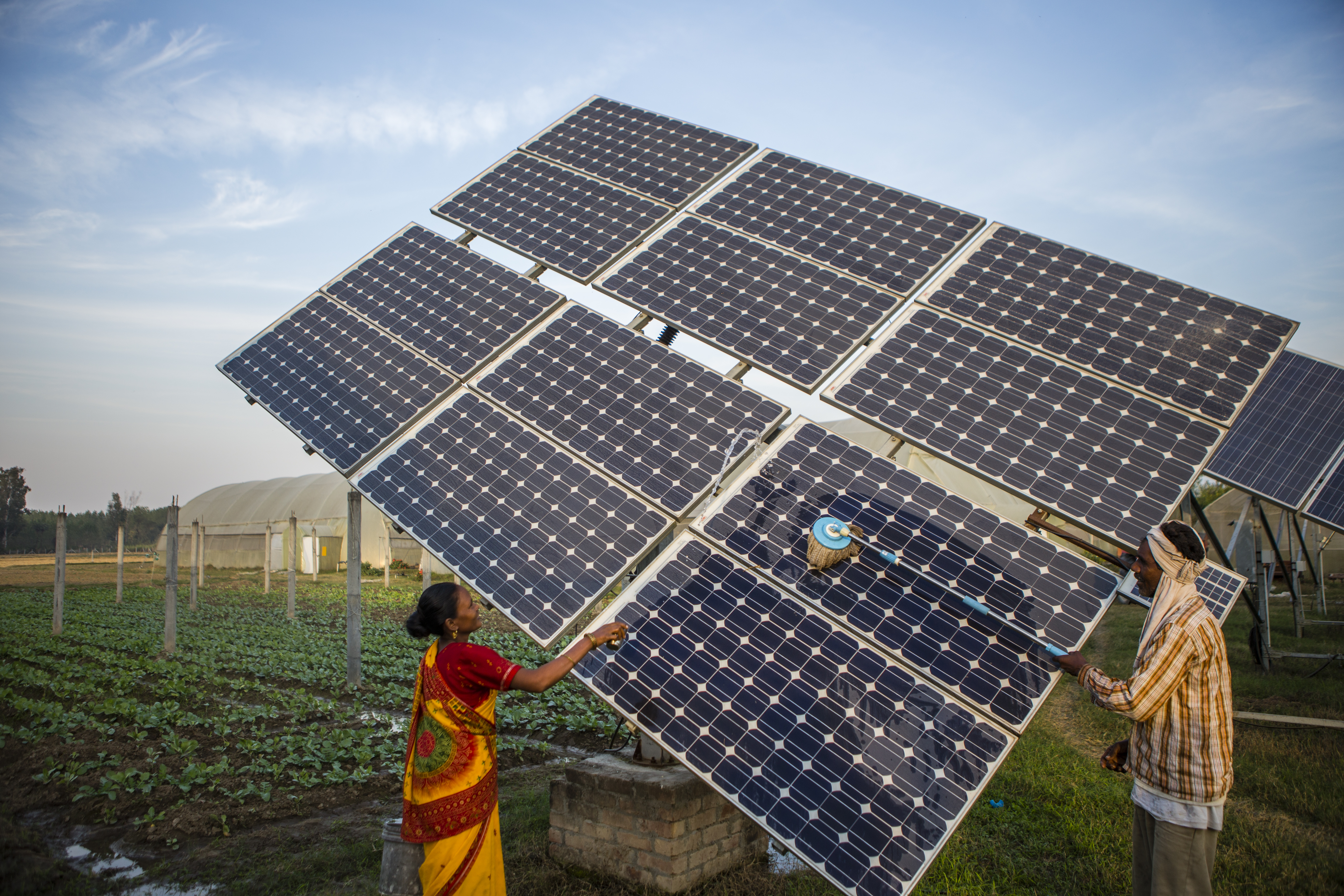Can technology double farmer incomes and tackle climate change?
- From
-
Published on
11.03.19
- Impact Area

Originally published as on Op-ed on Impaktar.
Forty years since India gained independence, what has really changed for the farmers of today? During this crucial post-independence period, agriculture contributed 45% of the country’s GDP, employing the majority of Indian workers. After an impressive increase in agricultural production in the first two Five Year Plans, a period of stagnancy set in from the 1960s, preceding the ‘Green Revolution’.
As the economy opened up post liberalization (1992), globalization promoted other sectors into generating more employment and economic growth. But, despite the reduction to 18 % in agriculture’s contribution to the GDP, agriculture and allied activities still employ the vast majority of the population.
India’s agrarian sector has undergone various reforms to: increase productivity to meet the demands of a rising population, make farming inclusive, reform land tenures, ensure more benefits to farmers, end exploitation, encourage better water management practices and so on….
![]()
Related news
-

Empowering women in business through improved chicken in Tanzanian
Eisen Bernard Bernardo07.11.25-
Adaptation
-
Climate adaptation & mitigation
-
Gender equality, youth & social inclusion
-
Poverty reduction, livelihoods & jobs
In the coastal villages of Tanzania's Lindi region, where the sun warms the earth year-round,…
Read more -
-

Can monitoring emissions unlock the finance smallholder farmers need to adopt sustainable practices?
The Alliance of Bioversity International and the International Center for Tropical Agriculture (CIAT)05.11.25-
Climate adaptation & mitigation
-
Nutrition, health & food security
Millions of farmers need billions of dollars to adapt to the fast-changing climate and extreme…
Read more -
-

Why we show up at climate COPs: Bridging local reality with global ambition
Climate Action Science Program04.11.25-
Adaptation
-
Climate adaptation & mitigation
-
Mitigation
By Ma. Eliza J. Villarino, Rhys Bucknall-Williams, Laura Cramer, and Chiara Colombo Every yea…
Read more -
